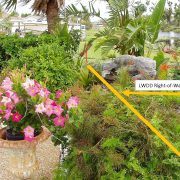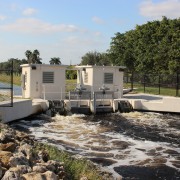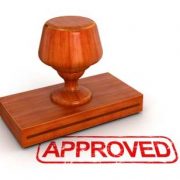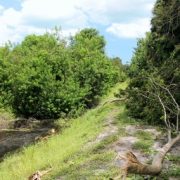Private Use of Public Lands
The Lake Worth Drainage District (District) canal rights-of-way may be owned in fee or encumbered by an easement. This is to provide the required access to maintain the canal channel for drainage and water supply. Over the years, certain portions of the District’s canal rights-of-way have become obstructed by unauthorized encroachments that infringe on the District’s ability to provide flood control to all areas within our boundary. Additionally, the occupation of publicly-owned rights-of-way or easements is a violation of Florida Statue Chapter 298.66[1]; and may place additional liabilities on the adjacent property owner.
If may seem unreasonable to some people, but property owners adjacent to the District’s canals are not entitled to additional use-rights by virtue of their location. The primary purpose of the canals system is providing flood control to an estimated 750,000 residents within the District’s boundary. Whether you are among the property owners adjacent to a canal right-of-way or the majority of those located miles inland, the health, safety and welfare of our residents is of equal importance.
Approximately two years ago, the Lake Worth Drainage District established the Canal Rehabilitation Program to identify obstructed rights-of-way and systematically remove the encroachments. Rehabilitation efforts may include removal of vegetative encroachments, removal of structural and non-structural encroachments, dredging of the canal channel, and reshaping or reconstruction of the canal bank. During the canal rehabilitation process, no vegetation is removed from private property. No roadways are being constructed along the drainage canals, and no drainage canals are being enlarged. Learn the facts, not rumors, about canal rehabilitation at https://lwddnet.wpengine.com/canal-maintenance/canal-rehabilitation.






